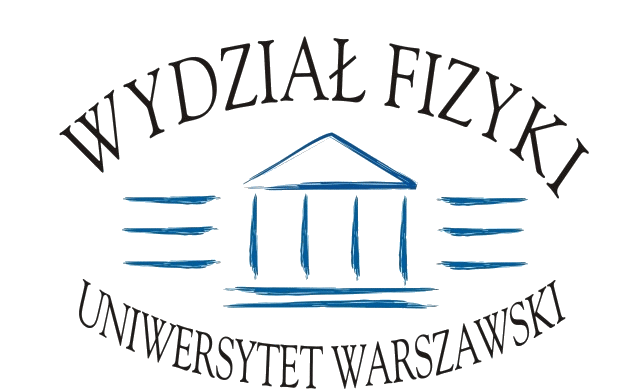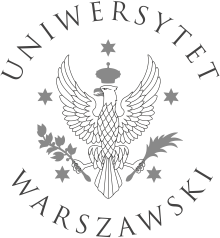Leopold Infeld Colloquium
2006/2007 | 2007/2008 | 2008/2009 | 2009/2010 | 2010/2011 | 2011/2012 | 2012/2013 | 2013/2014 | 2014/2015 | 2015/2016 | 2016/2017 | 2017/2018
Nobel 2015 in physics: Neutrinos oscillate, so they have mass!
Streszczenie:
The seminar will start from the landscape in neutrino physics before results from Super Kamiokande and SNO experiments. The measurements, recently honored with the Nobel prize, and their interpretation will be presented in the first part. The second part of the presentation will show the continuation of the neutrino oscillation studies up to most recent result and remaining questions.
Referat zostanie wygłoszony w ramach wspólnego posiedzenia konwersatoriów im. J. Pniewskiego i L. Infelda.
Zapraszamy!
Jan Kalinowski, Jerzy Kijowski, Czesław Radzewicz, Wojciech Satuła, Janusz Skalski
150 years of Maxwell’s equations
Spin-orbital separation in the quasi-one-dimensional Mott insulator Sr2CuO3
When viewed as an elementary particle, the electron has spin and charge. When binding to the atomic nucleus, it also acquires an angular momentum quantum number corresponding to the quantized atomic orbital it occupies. Even if electrons in solids form bands and delocalize from the nuclei, in Mott insulators they retain their three fundamental quantum numbers: spin, charge and orbital. The hallmark of one-dimensional physics is a breaking up of the elementary electron into its separate degrees of freedom. The separation of the electron into independent quasi-particles that carry either spin (spinons) or charge (holons) was first observed fifteen years ago. Here we report observation of the separation of the orbital degree of freedom (orbiton) using resonant inelastic X-ray scattering on the one-dimensional Mott insulator Sr2CuO3. We resolve an orbiton separating itself from spinons and propagating through the lattice as a distinct quasi-particle with a substantial dispersion in energy over momentum, of about 0.2 electronvolts, over nearly one Brillouin zone [1].
[1] J. Schlappa, K. Wohlfeld, K. J. Zhou, M. Mourigal, M. W. Haverkort, V. N. Strocov, L. Hozoi, C. Monney, S. Nishimoto, S. Singh, A. Revcolevschi, J.-S. Caux, L. Patthey, H. M. Rønnow, Jeroen van den Brink and T. Schmitt, Nature 485, 82 (2012).






